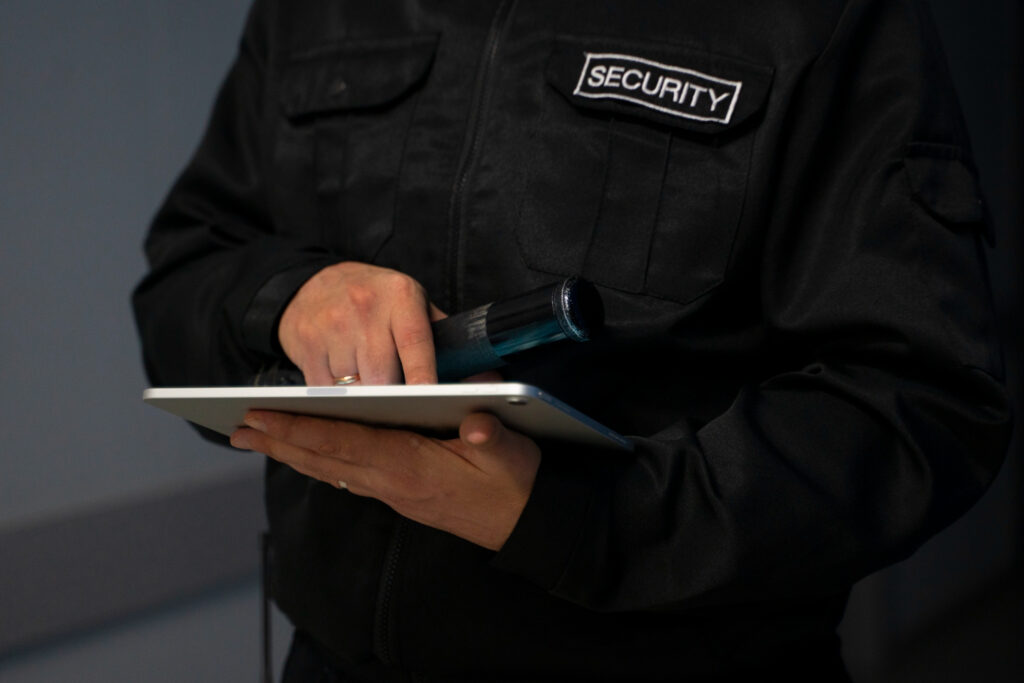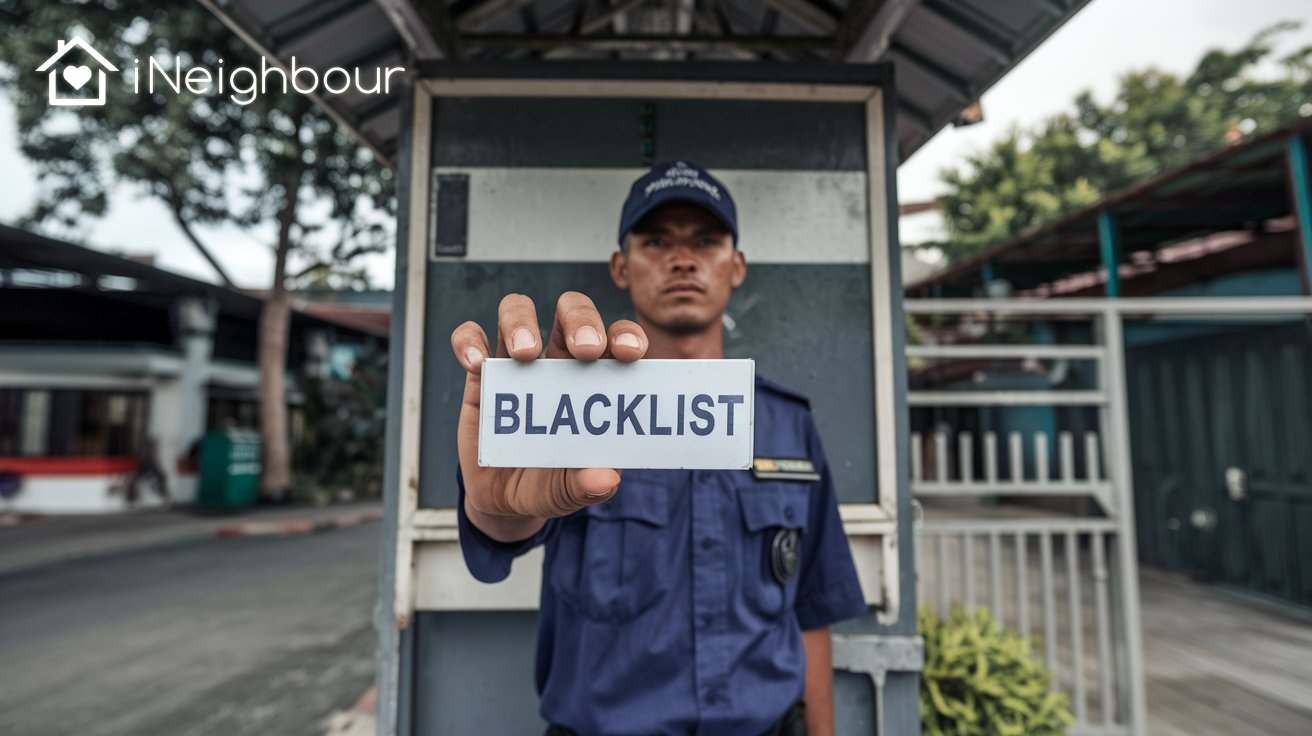One powerful feature in many modern security systems is Blacklist Systems in Residential Areas, which help communities manage unwanted visitors effectively. House Owners or security teams can use a blacklist system to block problematic individuals. This could be due to repeated violations of community rules, disturbances, or involvement in criminal activities.
The blacklist system functions by maintaining a database of flagged individuals. Whenever someone on the blacklist attempts to enter the community, the system instantly alerts security personnel, denying entry and preventing any potential issues.
Table of Contents
- Why Blacklist Unwanted Visitors?
- Benefits of Blacklist Systems in Residential Areas
- How Blacklist Systems Help in Managing Unwanted Visitors
- Role of Technology in Modern Blacklist Systems
- The Impact of Blacklist Systems on Community Safety
- How to Implement a Blacklist System in Your Residential Area
- Common Challenges with Blacklist Systems in Residential Areas
- How to Effectively Manage Blacklisted Visitors
- The Future of Blacklist Systems in Residential Areas
- Choosing the Right Visitor Management System for Your Community
- Strengthening Security with Blacklist Systems in Residential Communities
Why Blacklist Unwanted Visitors?
The primary purpose of blacklisting visitors is to ensure community safety and peace of mind. Unwanted visitors—whether they’ve caused disturbances, property damage, or other forms of misconduct—pose a threat to the well-being of residents. By blacklisting these individuals, communities can take a proactive approach to security, reducing the likelihood of future incidents.
This process not only protects residents but also fosters a peaceful, harmonious living environment, free from repeated nuisances or potential threats.
Benefits of Blacklist Systems in Residential Areas
Implementing a blacklist system brings multiple advantages to residential communities:
Increased Security
Blacklisting ensures that dangerous or problematic individuals are denied entry, maintaining a higher level of safety.
Efficient Visitor Management
Security teams can focus on ensuring the smooth flow of approving visitors who are authorized to enter by flagging unwanted visitors,
How Blacklist Systems Help in Managing Unwanted Visitors

Blacklist systems actively track and manage suspicious individuals. If someone repeatedly violates community rules or causes trouble, security teams enter their details into the system. Once on the blacklist, they will no longer have access to the property. The system will automatically alert security personnel if they attempt to enter.
This approach not only deters bad behaviour but also makes it easy for management to monitor and act on unwanted visitors, keeping everyone safer.
Role of Technology in Modern Blacklist Systems
Modern blacklist systems in residential areas have become more sophisticated with the integration of advanced technologies like facial recognition and License Plate Recognition (LPR). These technologies help identify and flag individuals even if they attempt to disguise themselves or use a different vehicle to gain entry.
The use of ID scanning further ensures that no unauthorized individual gains access, making the system highly effective in protecting residential areas.
The Impact of Blacklist Systems on Community Safety
The introduction of a blacklist system can significantly enhance community safety. By denying access to individuals who pose a threat, these systems prevent potential incidents before they occur. They also allow for real-time alerts, giving security teams the ability to react quickly to any attempts at unauthorized entry.
The knowledge that a robust security system is in place, including a blacklist feature, reassures residents that their safety is a priority.
How to Implement a Blacklist System in Your Residential Area
Implementing a blacklist system is a straightforward process that involves:
- Selecting a Visitor Management System with blacklist capabilities.
- Integrating the system with existing security features like gates, surveillance cameras, or entry keypads.
- Training staff and residents to ensure everyone understands how the system works and its benefits.
Common Challenges with Blacklist Systems in Residential Areas
While blacklist systems are highly beneficial, they are not without challenges. The most significant issue is balancing privacy and security. It’s important that communities ensure the system is used fairly and responsibly. Another challenge is avoiding false positives, where someone is incorrectly blacklisted.
To mitigate this, clear guidelines should be established, and security teams should review all blacklist decisions thoroughly.
Legal and Ethical Considerations
Using a blacklist system must be in line with local laws and regulations, especially when it comes to privacy and data protection. In Malaysia, there are laws that protect personal data, so it’s essential to ensure that any blacklist system complies with these regulations to avoid legal consequences.
Communities should also clearly communicate with residents about how the blacklist system works, ensuring that everyone understands the criteria for adding individuals to the list.

How to Effectively Manage Blacklisted Visitors
Once security teams blacklist a visitor, they must follow a clear communication and management protocol. They should inform residents and security personnel about the reasons for the blacklisting and establish a procedure to handle disputes or appeals from those who believe they were unfairly blacklisted.
The Future of Blacklist Systems in a Residential Area
As AI and automation continue to evolve, blacklist systems are expected to become even more efficient. These advancements will allow for quicker identification and more accurate detection of blacklisted individuals, further enhancing security measures.
In the future, AI-driven systems may also learn from visitor patterns, automatically identifying suspicious behaviour and flagging potential threats before any harm can occur.
Choosing the Right Visitor Management System for Your Community
When deciding on a Visitor Management System for your residential area, it’s important to choose one that offers comprehensive security features, including a robust blacklist system. Look for a platform that integrates seamlessly with your current security infrastructure and provides real-time alerts, easy-to-use interfaces, and advanced technologies such as facial recognition and LPR.
Strengthening Security with Blacklist Systems in Residential Communities
In today’s world, ensuring the safety of residential areas is more important than ever. A blacklist system is an essential tool for managing unwanted visitors and preventing potential security threats. By integrating this system into a larger Visitor Management System, communities can enjoy a higher level of protection and peace of mind.
If you are looking for a reliable Visitor Management System with a secure and efficient blacklist system, consider i-Neighbour. As an all-in-one resident property management application, i-Neighbour offers advanced security features that help you maintain a safe and secure environment for your community.
